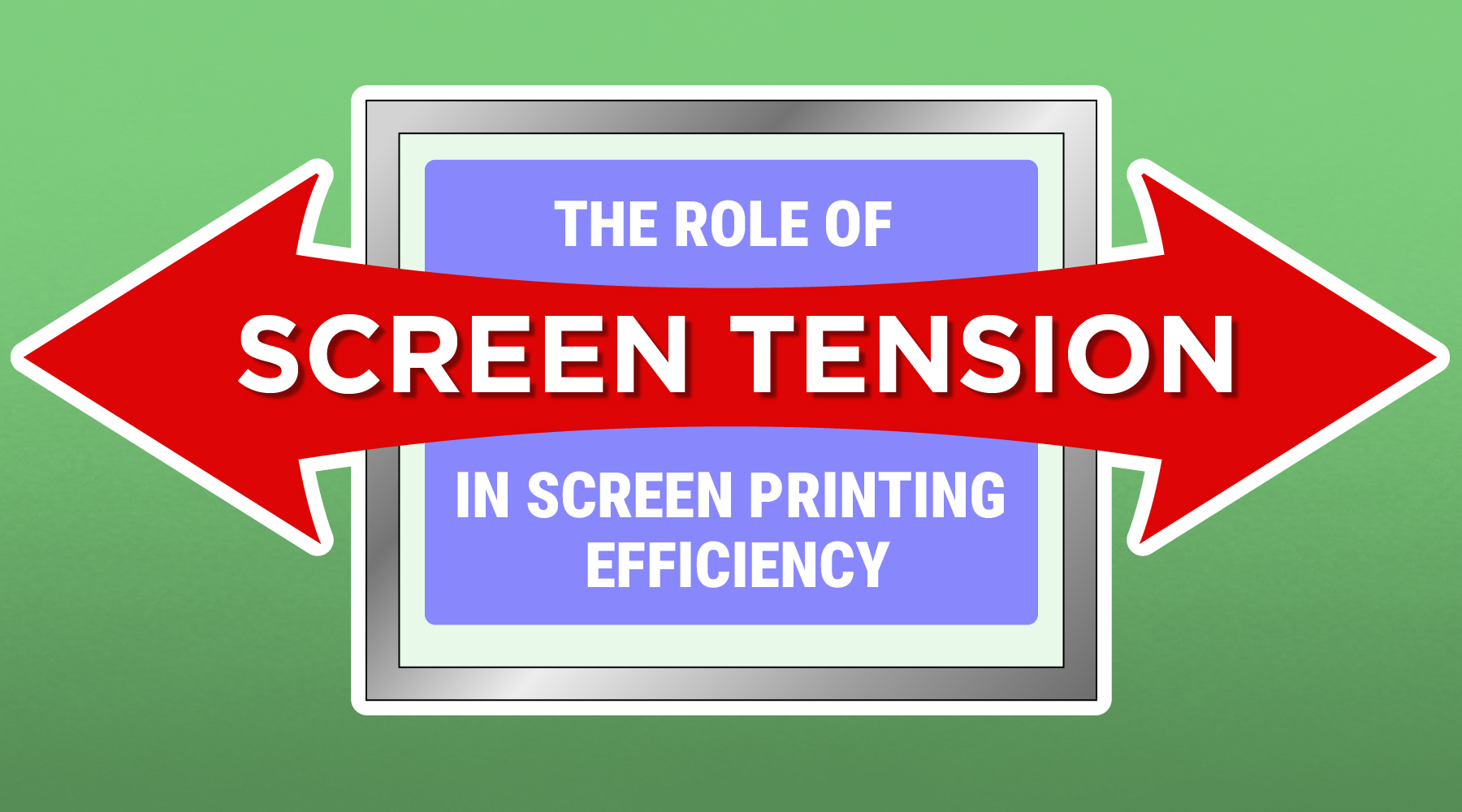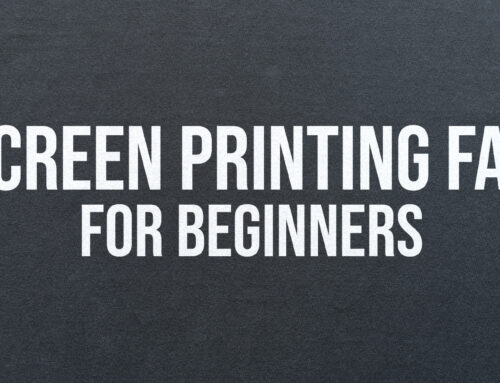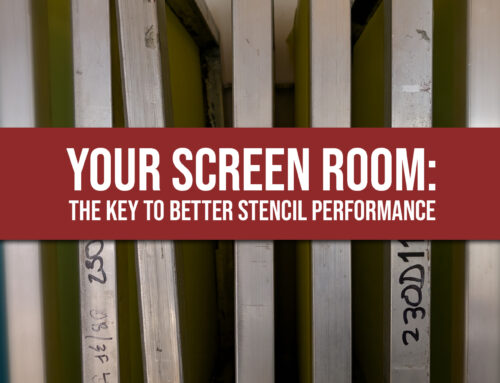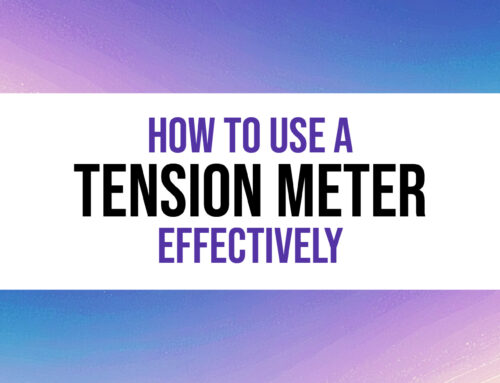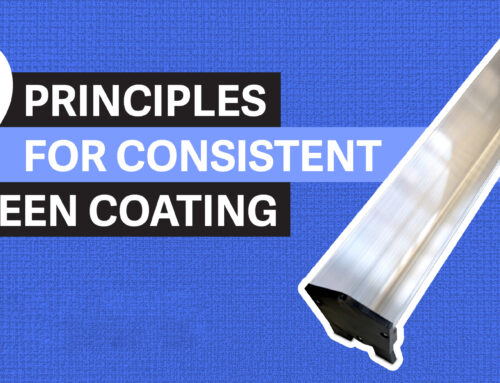Mechanics of Ink Transfer in Printing
In traditional printing methods like lithography, flexography, and rotogravure, ink transfers from a rigid cylindrical plate to a substrate, either wrapped around another cylinder or pressed between the plate and a roller. The speed of ink release depends mechanically on the press’s operating speed—the faster the press, the quicker the plate and substrate interact and separate.
Unique Challenges in Screen Printing
Unlike rigid lithographic plates, screen printing relies on a flexible mesh, which must maintain enough elasticity for off-contact printing. This flexibility limits print speed, as the squeegee’s movement cannot outpace the mesh’s ability to release from the substrate—a process known as “snap” or “peel.” This separation is the critical factor governing production speed in screen printing. Additionally, the reciprocating motion of flat screen printing introduces delays, as the squeegee must return to its starting position after each stroke.
Impact of Low Screen Tension
Historically, screen meshes have lacked rigidity, resulting in slower and less consistent print speeds. For instance, printing a simple design, such as black text on a white shirt, at low tension (e.g., less than 25 Newtons or 650 lbs. for an 18″ x 20″ frame), poses minimal issues. The screen releases easily from the substrate. However, printing a large reverse print (e.g., white text on a black background) or a solid area of opaque ink changes the dynamics. The tacky ink acts like an adhesive, slowing snap speed or, at very low tensions, preventing peel entirely.
Consequences of Low-Tension Printing
In low-tension scenarios, especially with larger screens, the squeegee may outrun the mesh peel, creating a “half-moon” release pattern that lags behind, leading to smeared or blurred prints. This pattern mirrors non-uniform ink transfer issues. The print head cannot lift until the peel completes, forcing manual printers to either adjust each squeegee stroke to match the peel rate or adopt the slowest stroke speed for consistency. Automated presses must wait for the slowest print head, significantly reducing cycle time—often by 20-50%—when printing large areas of tacky inks like fluorescent, puff, or metallic varieties.
Attempts to Mitigate Slowdowns
To counter slow peel, printers often increase off-contact distance to aid mesh release. However, this only marginally improves snap, primarily at the edges, while distorting the image, increasing inconsistency in squeegee pressure, and reducing ink deposit uniformity. This leads to poor substrate penetration, more rejects, and lower yields. Higher off-contact also fatigues manual printers and accelerates wear on stencils, squeegees, and meshes due to excessive pressure.
Flood Stroke Challenges at Low Tension
Low-tension issues extend to the flood stroke, where the floodbar displaces ink across the mesh. At low tension, the mesh deflects downward at the center, leaving a thicker ink layer than intended. Increasing flood pressure may correct the center but thins ink at the edges, causing inconsistent ink distribution in mesh apertures. At higher flood speeds, this leads to under-filled, adequately filled, or over-filled ink wells, with pre-expressed ink contributing to smearing and excess buildup requiring frequent screen cleaning.

High-Tension Printing: A Game Changer
High-tension screens, stretched to 50 Newtons (approximately 1800 lbs. for a 25″ x 36″ frame), transform printing dynamics. With significantly more force than a 7-Newton screen, the mesh overpowers tacky inks, enabling a 57% production increase to 550 pieces per hour. Higher tension ensures consistent floodbar pressure, uniform ink distribution, and faster snap, reducing smearing and improving detail and coverage. This minimizes the impact of ink properties on speed, making low screen tension the primary culprit in slow production.
Why Aim Higher?
While 50 Newtons yields significant gains, tensions approaching 100 Newtons amplify these benefits further, affecting not just squeegee and flood strokes but the entire ink-transfer process. This can make the 57% increase at 50 Newtons seem modest, unlocking even greater productivity and quality improvements.


